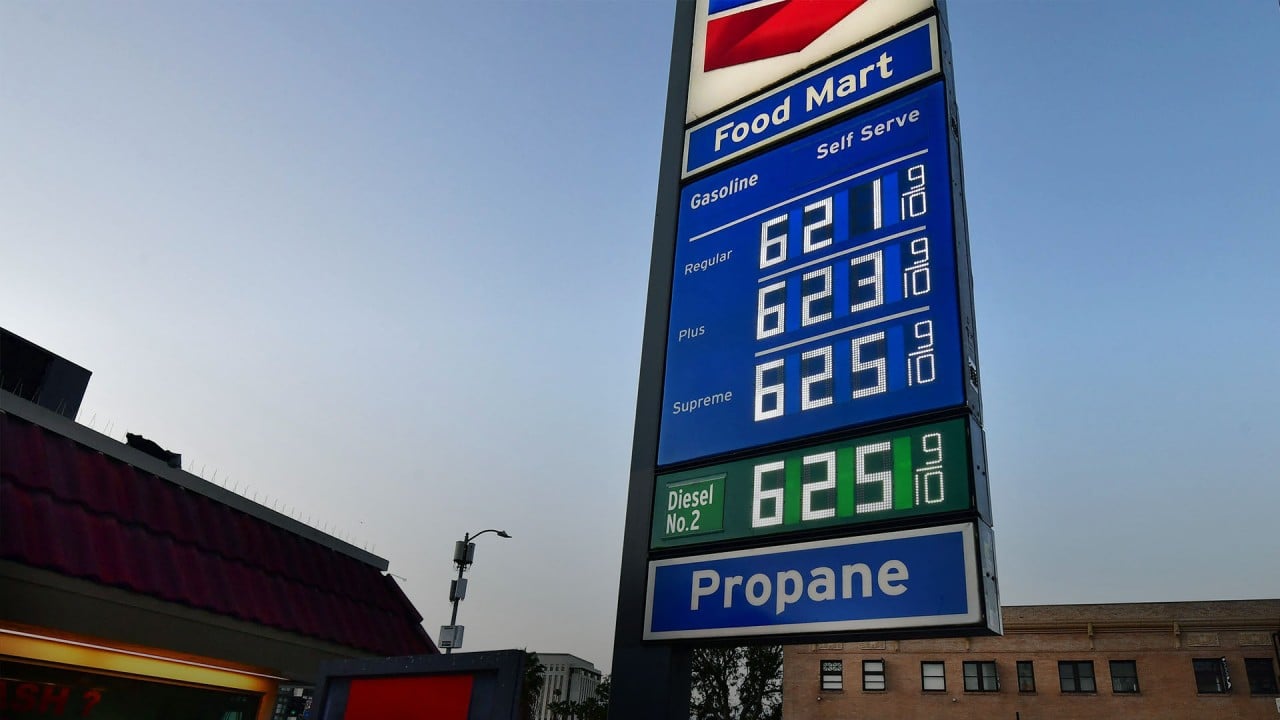
Energy crisis and sanctions on Russia are good news for Asia’s climate fight
- Asia faces higher energy prices like the rest of the world, but in the long run this will accelerate the transition to cleaner, more reliable forms of energy
- Falling prices for renewable energy projects combined with firm climate commitments in the region will drive more power generation from renewable sources
A decreasing amount of that growth will be met by traditional fossil fuels as the need to tackle the climate crisis along with technological advancements mean renewable energy will become much more important. For the moment, though, renewable energy capacity cannot meet demand or the expected growth that comes with increased electrification of Asian economies.
This means that Asia, like Europe and the Americas, is feeling the effects of the current energy crisis. That translates into higher inflation and, in many economies, higher interest rates.
Oil, gas and coal production and demand fell sharply in 2020, and the rapid recovery in demand has led to significant increases in global energy prices. Between the end of 2020 and February 2022, global oil prices have more than doubled. There have also been significant increases in the price of coal and natural gas relative to their pre-pandemic levels.
This includes Asia, which, according to the US Energy Information Administration, accounted for more than a third of Russian crude oil exports in 2021.
This is both bad and good news from a climate perspective. The bad news is that carbon dioxide (CO2) emissions will rise again this year and will delay the reduction in emissions needed to meet atmospheric CO2 levels consistent with limiting global warming.
The good news is that the negative economic consequences of the current energy shock and the renewed urgency to limit global warming will accelerate the growth of renewable energy sources. The International Energy Agency argues that much of the growth in electricity production in the coming years will be delivered by renewables such as solar and wind.
The recent rise in energy prices is a call for action on many fronts. For Europe, it reinforces the need to accelerate the energy transition and reduce dependence on Russian natural gas and oil. For the US, record high fuel prices will accelerate the shift towards electric vehicles.
For Asia, where the direct hit to living standards has been less severe, the story is even more about the massive need for renewable energy to fuel the region’s continued high rates of growth.
The share of renewables in the energy mix in the region is expected to double by the end of this decade. That will mean cheaper, cleaner and more reliable and equitable sources of energy. Consumers and industry alike will benefit.
Chris Iggo is the chief investment officer for core investments with AXA Investment Managers



